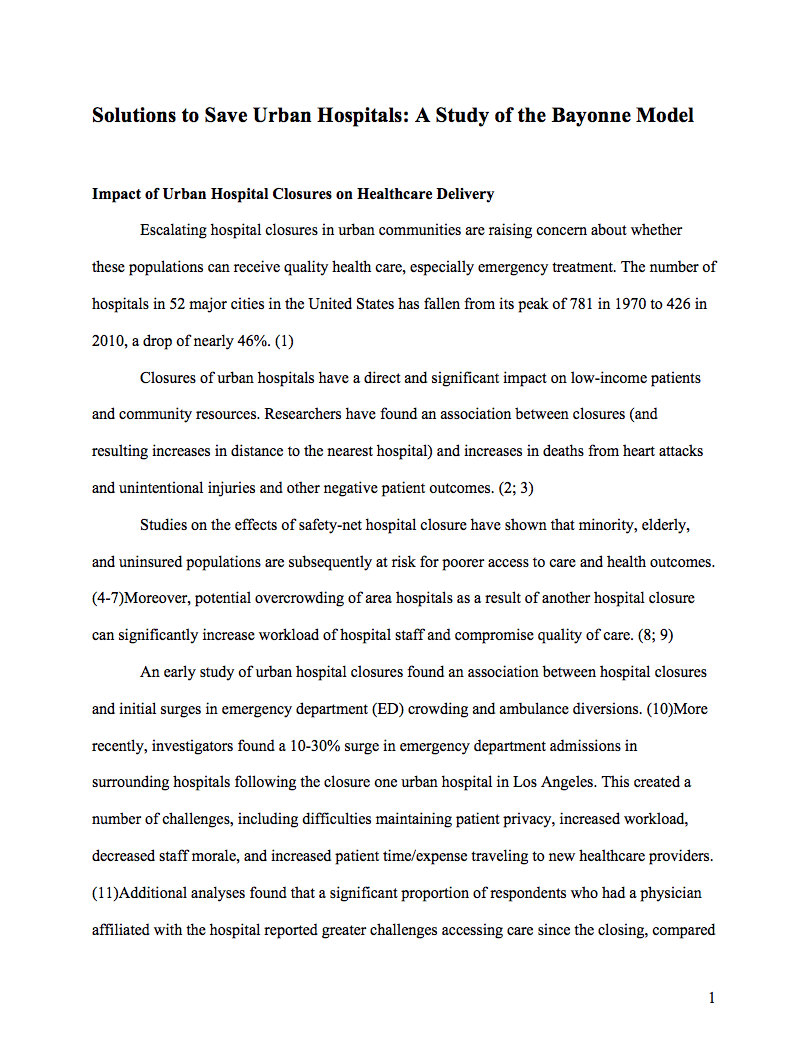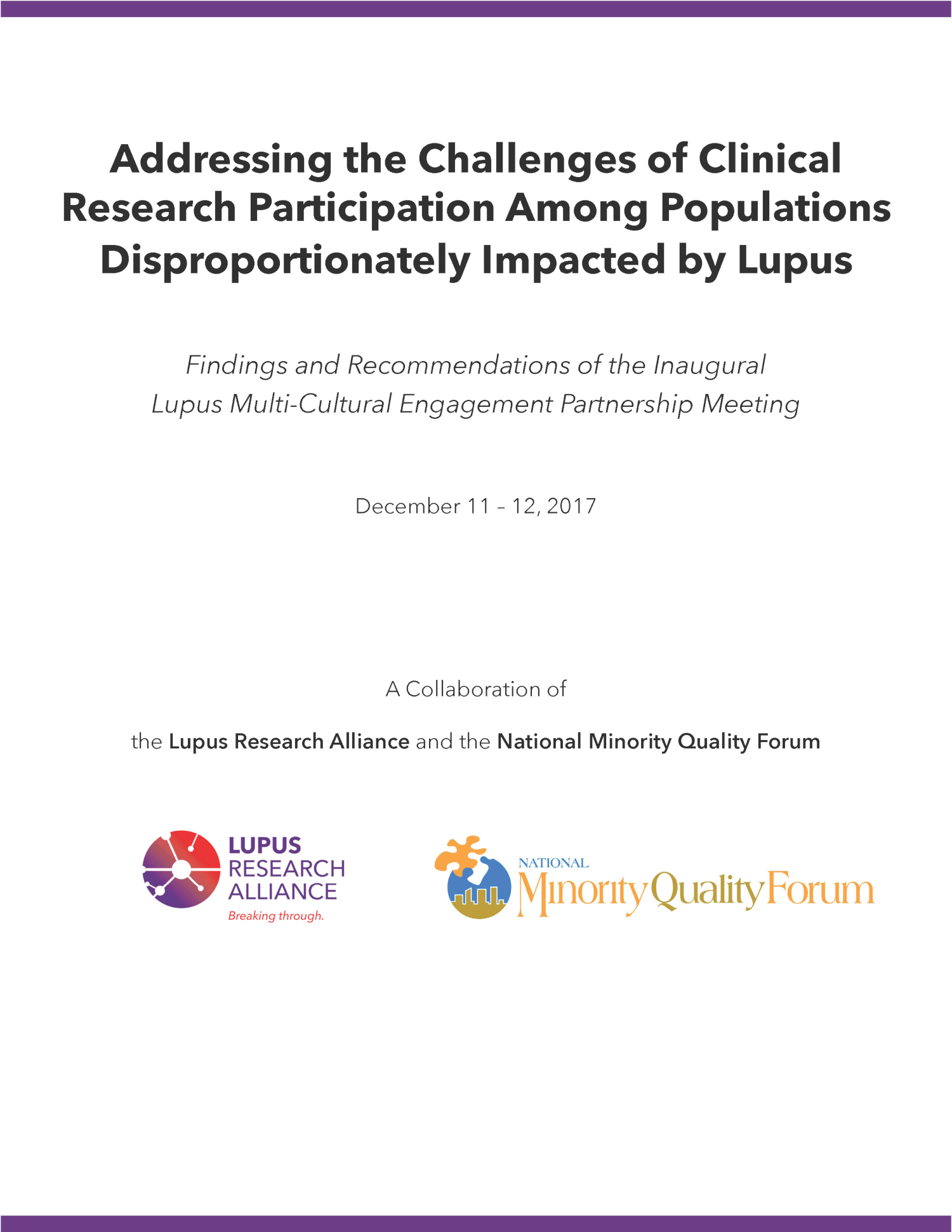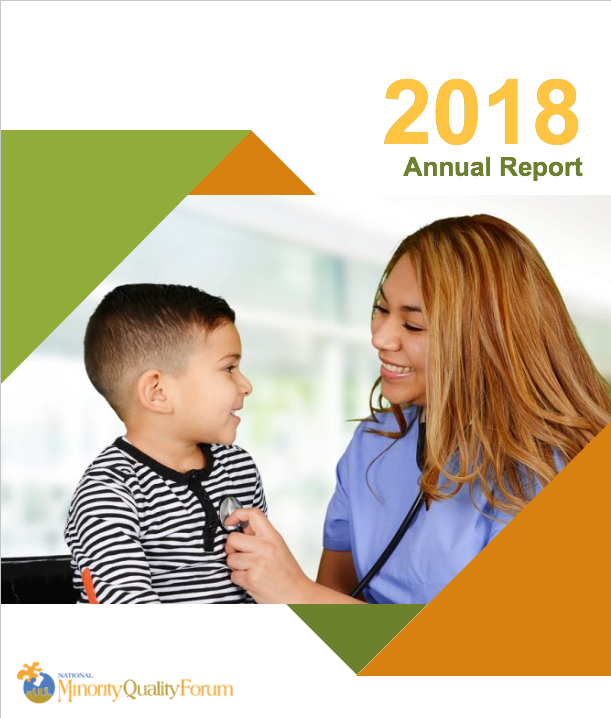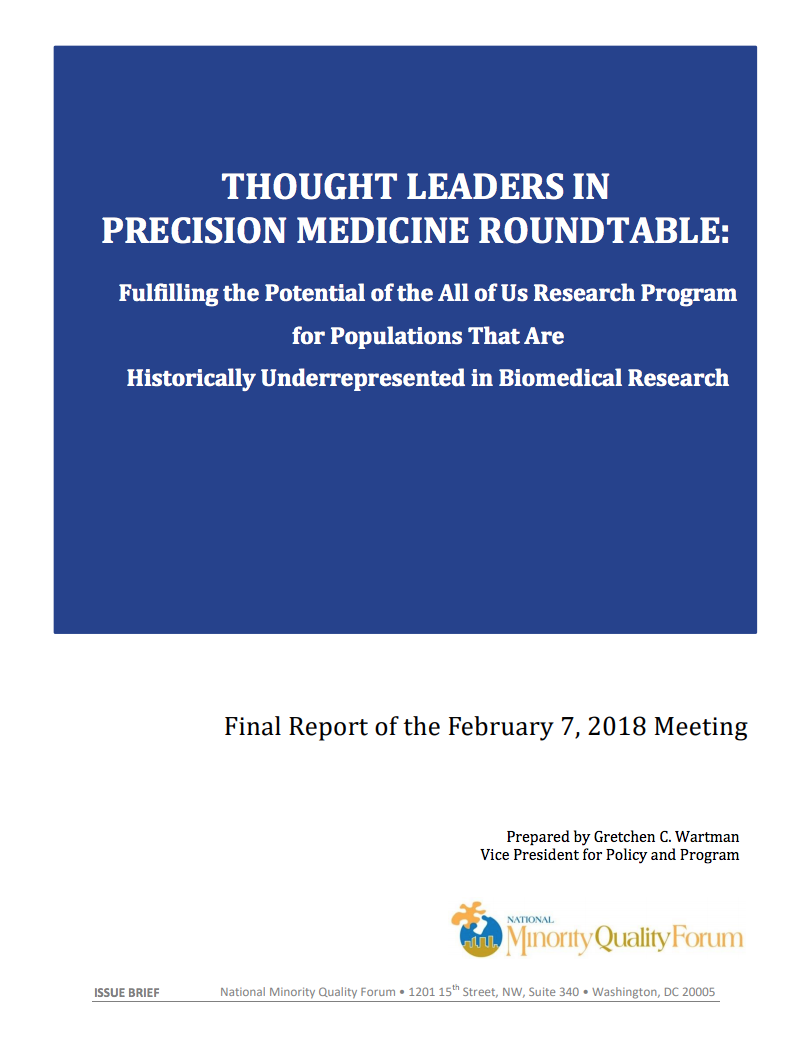Solutions to Save Urban Hospitals: A Study of the Bayonne Model
Abstract
Escalating hospital closures in urban communities are raising concern about whether these populations can receive quality health care, especially emergency treatment. The number of hospitals in 52 major cities in the United States has fallen from its peak of 781 in 1970 to 426 in 2010, a drop of nearly 46%. (1) Closures of urban hospitals have a direct and significant impact on low-income patients and community resources. Researchers have found an association between closures (and resulting increases in distance to the nearest hospital) and increases in deaths from heart attacks and unintentional injuries and other negative patient outcomes. (2; 3) Studies on the effects of safety-net hospital closure have shown that minority, elderly, and uninsured populations are subsequently at risk for poorer access to care and health outcomes. (4-7) Moreover, potential overcrowding of area hospitals as a result of another hospital closure can significantly increase workload of hospital staff and compromise quality of care. (8; 9) An early study of urban hospital closures found an association between hospital closures and initial surges in emergency department (ED) crowding and ambulance diversions. (10) More recently, investigators found a 10-30% surge in emergency department admissions in surrounding hospitals following the closure one urban hospital in Los Angeles. This created a number of challenges, including difficulties maintaining patient privacy, increased workload, decreased staff morale, and increased patient time/expense traveling to new healthcare providers. (11) Additional analyses found that a significant proportion of respondents who had a physician affiliated with the hospital reported greater challenges accessing care since the closing, compared 2 to those who did not have a doctor affiliated with that hospital. (12) A similar study examining the impact of another safety-net urban hospital closure on primary care physicians also highlighted the strain and burden felt by the local and regional system and poorer patient health outcomes due to challenges navigating the system.(13) For vulnerable populations, such as individuals with severe mental illness, the impact is even greater, as they have greater reliance on ED services and experience increased lengths of stays in EDs, when compared to the general population.(14)







